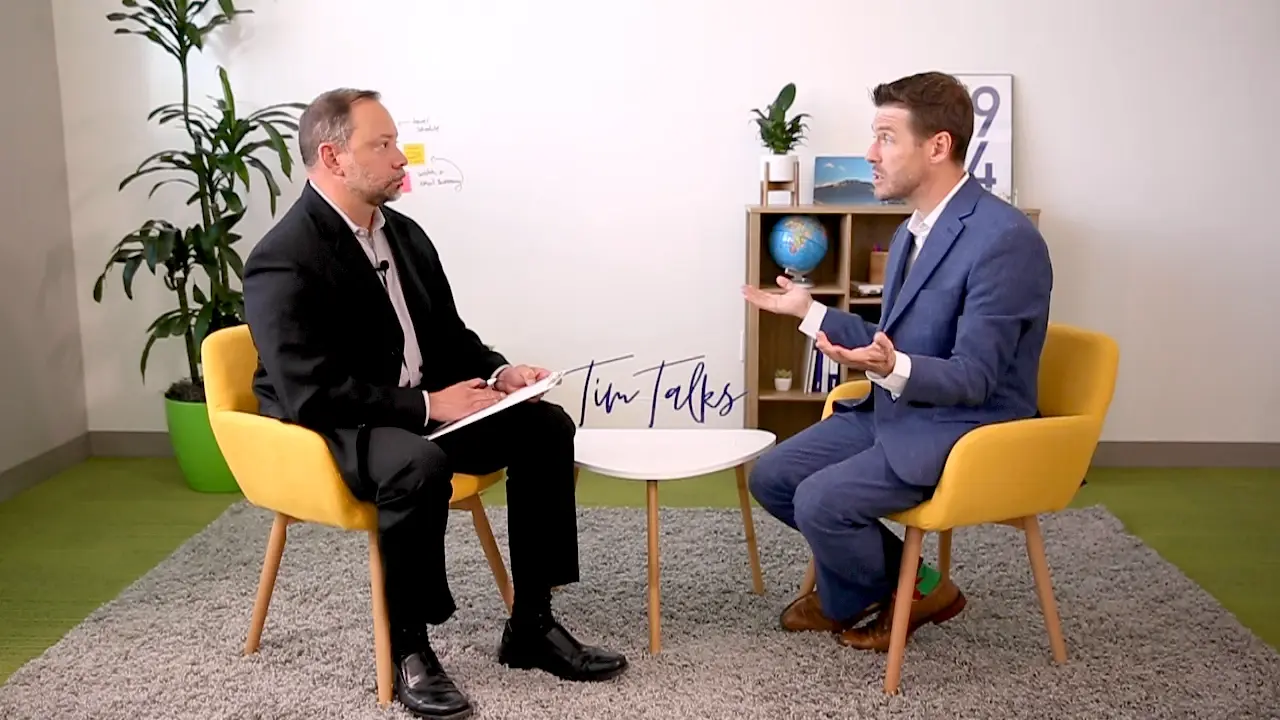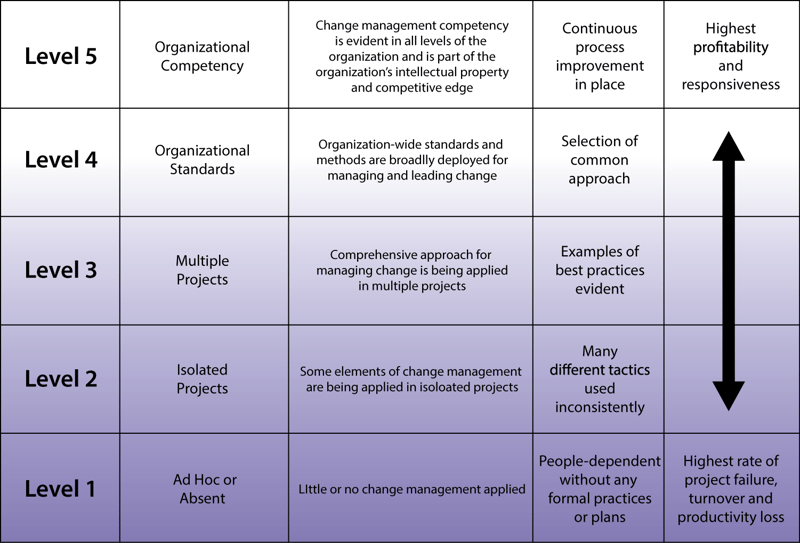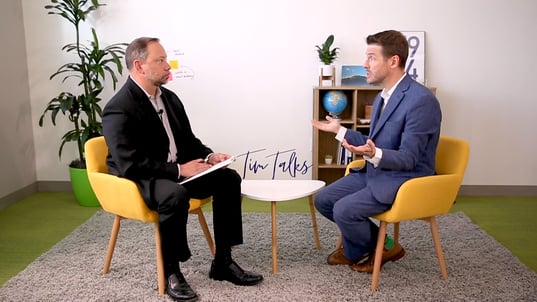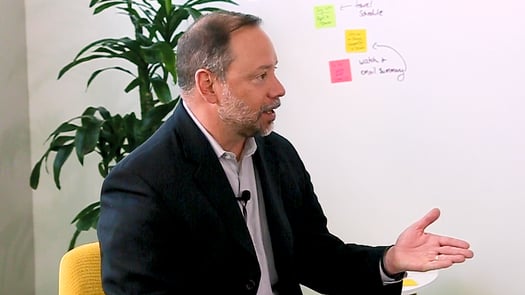Tim Talks: The Change Management Maturity Model

3 Mins
Updated: December 15, 2023
Published: September 25, 2019

Tim Talks is an ongoing series of short videos featuring conversations between Tim Creasey, our Chief Innovation Officer, and the people of Prosci. Whether you're building organizational change capability or starting your first project, you will find something helpful in these videos: context for the ADKAR Model and Prosci Methodology, trends in change management, answers to your FAQs, and other topics that matter to change practitioners like you.
Change Management Maturity Model
Today we're talking with Tim about the Prosci Change Management Maturity Model. Often when we talk to new prospects, new clients, or even clients that have been in the Prosci family for some time, we use the Change Management Maturity Model to see where they are today and where they want to go in the future. Let's spend a little time talking through it, where it came from, and how it works.
First, Tim, what is the Change Management Maturity Model?
The Prosci Change Management Maturity Model is like many other maturity model. It describes five levels of organizational maturity for change management competency from this perspective. Level one is absent or ad hoc, where pretty much no change management is evident. In level two, we see isolated projects. In level three, we start to see change management emerging on multiple projects. In level four, we start to see organizational standards. And level five is organizational competency, where being great at change is part of who we are, not just something we do. The five levels describe those elevating levels of maturity.
The power is that a senior leader who may have never heard of change management understands organizational maturity. It becomes a very powerful platform from which to start a conversation with leaders about what this competency means, and what it means to grow maturity in delivering expected results and outcomes by catalyzing people through change efforts.
Prosci Change Management Maturity Model

I want to talk about the history of the Change Management Maturity Model Audit, when it was introduced, and also why we introduced it. How did we get there?
Sure, Randy. The Prosci Change Management Maturity Model itself was introduced in 2004. In about 2011, we realized we could add a diagnostic tool behind it. That tool is the audit. We engage with our clients, the research, others in the field, to identify a more robust set of capabilities, and then use this diagnostic tool so an organization can go from saying, "We feel like we're about a level two," to having real, meaningful, targeted conversations about what it means to be mature in change management, and maybe arrive at a quantified 1.85, with the team going through a true diagnostic approach.
 Interviewer Randy Herrera is Prosci's VP of Growth
Interviewer Randy Herrera is Prosci's VP of Growth
When Prosci engages with organizations, what are some of the ways we go about conducting the audit, and who are the people that should be involved?
That tends to be what we would call the deployment leader or the capability architect inside the organization, with whom we would team up. That person will usually complete an audit themselves, just to get a sense of where they are. The real power of the Change Management Maturity Model Audit is creating a shared vision with a group of folks who are actually trying to increase maturity in the organization. We work hard to get the right people in the room. It's not just a bunch of change management folks, it's the leaders that will have influence in growing capability in the organization. It's really creating that network of who in the organization is going to be essential for us to grow this capability. We get them all in the room, and we will actually do a couple of different takes with the Change Management Maturity Model Audit.
The power of the audit in a Prosci engagement or Prosci facilitation is not only getting everybody's fingerprints on where we are today and where we want to get to, but also creating a shared understanding of what organizational maturity actually means.

Great. Tim, we talked about using the Change Management Maturity Model Audit at the very beginning to establish a current state, a baseline of organizational change management maturity, and aspirationally for a future state. How else we can use it along a client's journey to help them continue to see the path and continue to increase their capability?
That ability to hone in on, prioritize and focus effort on the areas that need a lift provides the structure and intent that these journeys are desperately lacking. Wishing and hoping is not the way to grow change muscle. We know it is essential for all of our organizations today. The Change Management Maturity Model Audit helps us understand where we are today, where we want to get, and how we need to go about moving from here to there.


